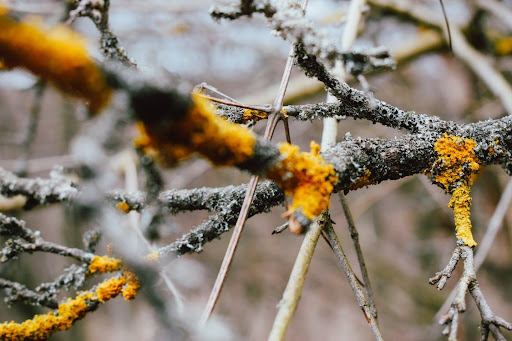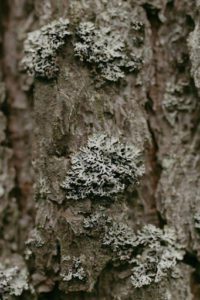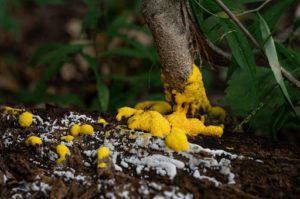Tree ailments and disease control are among the major activities in professional forestry, as forests can suffer from multiple nutrient deficiencies, pathogens, and pest invasions. Regardless of the cause, tree diseases threaten the health of forests and impact related industries.
Tree ailments can cause several problems, such as damaging the aesthetics of the plant, causing losses in timber yields, or even leading to property damage and bodily injuries due to the weakened integrity of trees. Because of this, consulting a professional forester when assessing and planning for dealing with tree diseases is crucial.
While disease outbreaks are often regional, seasonal, or specific to certain species, some of the most common types of tree diseases are found countrywide. Take a look to learn how to identify some common tree ailments before reaching out to a professional forestry services provider in Maine or New Hampshire.
Apple Scab
Apple Scab is a common disease that typically impacts apple, crabapple, and mountain ash trees. It infects both the leaves and fruit and usually occurs in the early season. Apple Scab causes scab-like lesions on the plant’s leaves that eventually lead to premature defoliation, and scabby fruit is often unfit for eating. Treatment usually involves spraying fungicide and collecting fallen leaf litter so the fungus can’t overwinter. A reliable forestry management services provider can share their professional knowledge and help you create a plan to effectively manage the issue.
Anthracnose
As one of the leading plant ailments in shrubs and trees, anthracnose is a group of fungal diseases that attacks the twigs, leaves, fruits, and flowers of various species. It’s widely common throughout North America, and most heavily hits sycamore, ash, maple, and flowering dogwood trees. Each species of anthracnose fungus attacks only specific tree species. Although it can cause severe leaf blighting and deformation, it is rarely harmful to the tree. If you spot dark, sunken lesions on these types of trees, it could be anthracnose.
Diplodia Tip Blight
Diplodia Tip Blight can be very disruptive to pine, douglas fir, and spruce trees and usually infects trees planted outside of their natural range. This disease is caused by a fungus that can germinate and infect the tree over a wide range of temperatures. The fungus enters through microscopic pores on the needles, and then infects the twig and the needles, resulting in dead shoots with elongated half-needles. Black fruiting structures are also apparent between the cones and the needles. Diplodia Tip Blight mostly attacks trees that are under stress from drought, root restriction, or other planting site problems. Another symptom to look out for is the death of new shoots in early spring, or needles that have turned yellow and brown before they have fully expanded. You can manage Diplodia Tip Blight by selecting proper planting sites and using preventative fungicides. Reach out to your forestry services provider for further information and assistance.
Cedar Rusts
This foliar disease attacks crabapple, hawthorn, and other Rosaceae plants. You’ll find rust-colored or orange spots on the trees and plants, especially during spring. Heavy infection of cedar-apple rust can cause early leaf drop and plant stress. This problem can be best controlled by choosing resistant cultivars.
 Powdery Mildew
Powdery Mildew
Powdery mildews are caused by different fungi, each specific to a host plant. On plants with this condition, you will see white or gray powdery spots covering most or all of the leaf surface. Advanced stages can cause the plant to defoliate prematurely. Some proactive steps to avoid or minimize powdery mildew include:
- Looking for disease-resistant varieties.
- Not overcrowding plants.
- Site plants where they will get sufficient light.
- Avoid over-fertilization.
Identifying diseases and understanding some of the most common tree ailments helps you know when to get in touch with the experts. If you need a reliable, professional forester to assess your woodlot, please consider Tall Pines Forest Management.
Our experts have helped organize and manage many harvest operations. We also offer a wide range of forestry services, like timber appraisals, forest management plans, and even consulting on tax management plans and carbon offsets.
Email us or give us a call today to learn more about our wide range of services, offered exclusively for clients in Maine, New Hampshire, and surrounding areas.




0 Comments